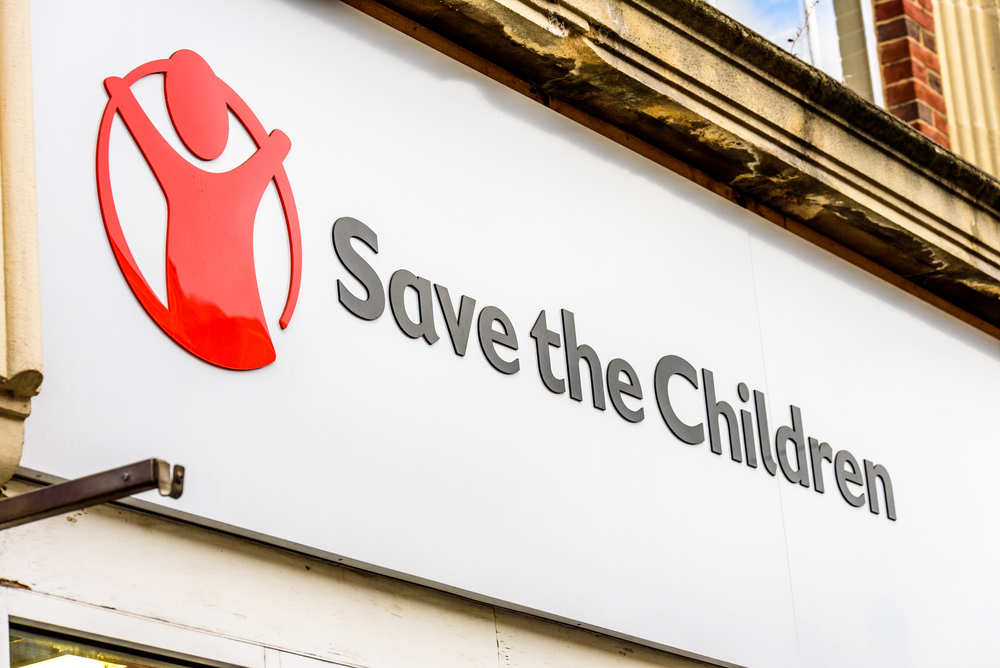Lucy Vallis, Head of Health, Safety and Wellbeing at Save the Children UK, talks to us about encouraging a culture where both the organisation and the individual employee take dual responsibility for their wellbeing
Historically, when it came to wellbeing at work the onus was squarely on the individual employee to manage his or her own physical and mental health. Even more than this, there was pressure for employees not to talk about anything that was negatively impacting their mental and/or physical health (and therefore, probably, productivity) in the office.
Thankfully, in recent years organisations have made huge strides in opening up and destigmatising these conversations, recognising that events outside work inevitably have a bearing on wellbeing and performance in work.
The onus has shifted from the responsibility being on the individual to deal with wellbeing issues, to the organisation taking responsibility for employee wellbeing. However, some question whether the pendulum has swung too much now in the other direction and the challenge becomes getting the balance between these dual responsibilities.
Balancing individual and organisational responsibility for wellbeing
One organisation that has made striking this balance a priority is Save the Children.
“It’s great that we are talking about so many different issues at work now and validating people’s feelings, whereas before these were often invalidated,” says Lucy Vallis, Head of Health, Safety and Wellbeing at Save the Children UK. “But I think we may have gone a bit too far the other direction, that’s why we’ve focused on finding a happy balance between the individual and the organisation taking responsibility and encouraging a sense of agency in our organisation.”
The need for self-awareness at work
However, getting to this point of realisation requires a level of self-awareness, which is why she encourages self-reflection in her colleagues and questions like: what did I do to contribute to getting here?
The relationship and dialogue with colleagues can also play a fundamental role in fostering self-awareness. For instance, if an employee comes to Lucy and says something like “the organisation should be providing me with X” then, in the first instance, she will encourage them to step back and take stock.
“I’ll say something like ‘we can provide you with X but you also need to engage with this issue yourself; have you looked at our resources online? Have you got in touch with our EAP? What actions have you taken so far?”
Mission: empower employees
Vallis’s mission is to empower employees as much as possible by giving them the tools to deal with situations in future. In particular, she’s keen that colleagues develop the resilience to meet unpleasant events and/or emotions with a sense of calm, rather than catastrophe, and the belief they can get through it.
“They can go into their little tool box and say ‘this isn’t going to derail me, I’ve got something to deal with this’. If we don’t help people build their resilience toolkits then we’re doing them a huge injustice and disservice,” she says.
Pathologisation of normal emotions
A trend which isn’t helping to build employee resilience, she says, is the pathologisation of normal human emotions, like feeling anxious and sadness. She believes organisations have a responsibility, duty of care even, to push back on damaging turn of events.
“We must move away from pathologising emotions. OK, so someone may have had a row with their line manager, or a difficult day with difficult people. We need to move away from labelling; just because you’ve had a bad day doesn’t mean you’re clinically depressed or anxious. Maybe you need to look at this website, or listen to this podcast or even just put your head in your hands and have a good cry. I’m always saying ‘this is a temporary emotional feeling which doesn’t mean you necessarily have a disorder’.”
The importance of signposting
Of course, she stresses, if the employee has felt these emotions for a sustained period, or they’ve been getting worse, they need to see their GP. Or, if there are any obstacles here, the organisation can help them get more support. However, in the vast majority of cases Vallis finds it’s the validation of their feelings and experiences that the predominantly-young workforce is seeking; not necessarily an urgent, kneejerk intervention.
What she’s also found is that if you listen and validate their experiences and feelings, then they will often quickly move on to addressing how they are going to tackle their situation proactively. They are also very open to new ideas and solutions that their older colleagues might not be.
“Our younger employees really want to try new, non-invasive ways of managing themselves because they want to get on, and get up, they don’t want to loiter in a grade for very long and they understand that they need to look after themselves to do that,” she says.
Be led by curiosity, not fear
Vallis urges other wellbeing professionals to be led by curiosity and not fear, especially when faced with colleagues wanting you to intervene with a ‘solution’ to their wellbeing problem, often self-diagnosed.
“If an employee comes to me and says ‘I think I’m depressed’, I am curious about this and I’m not scared of having a conversation about it. I ask how long they’ve been feeling like this. Whether they’re still socialising. Getting outside. Enjoying hobbies. Of course, I’m not trying to be a doctor, I am investigating these questions. It isn’t helpful to panic. For me, the whole point of being a manager is knowing the person you’re managing and being curious about them.”
Trauma-informed conversations
This approach works even for potentially traumatic situations, which Save the Children’s employees are often exposed to in their line of work, which is why the charity is now using Trauma Risk Management (TRiM).
Again, she stresses the importance of not having a kneejerk, panic-inducing reaction to trauma situations which, she believes, makes things much worse. Instead, she advocates following the NICE guidelines which are to “watch and wait”.
“Not everyone that has a traumatic experience is going to get PTSD,” she says. “But some organisations go down the line that once you’ve had a traumatic experience, you automatically need trauma counselling. I believe in watching and waiting and guiding the person to support if they need it, at the right time.”












